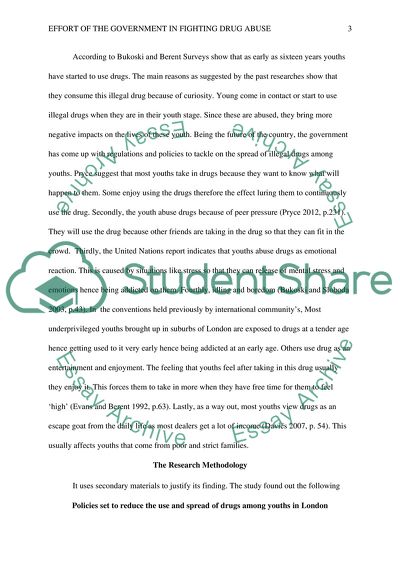Cite this document
(Efforts of the Government in Fighting Drug Abuse Research Proposal Example | Topics and Well Written Essays - 2000 words - 2, n.d.)
Efforts of the Government in Fighting Drug Abuse Research Proposal Example | Topics and Well Written Essays - 2000 words - 2. https://studentshare.org/politics/1871222-research-proposal
Efforts of the Government in Fighting Drug Abuse Research Proposal Example | Topics and Well Written Essays - 2000 words - 2. https://studentshare.org/politics/1871222-research-proposal
(Efforts of the Government in Fighting Drug Abuse Research Proposal Example | Topics and Well Written Essays - 2000 Words - 2)
Efforts of the Government in Fighting Drug Abuse Research Proposal Example | Topics and Well Written Essays - 2000 Words - 2. https://studentshare.org/politics/1871222-research-proposal.
Efforts of the Government in Fighting Drug Abuse Research Proposal Example | Topics and Well Written Essays - 2000 Words - 2. https://studentshare.org/politics/1871222-research-proposal.
“Efforts of the Government in Fighting Drug Abuse Research Proposal Example | Topics and Well Written Essays - 2000 Words - 2”. https://studentshare.org/politics/1871222-research-proposal.


